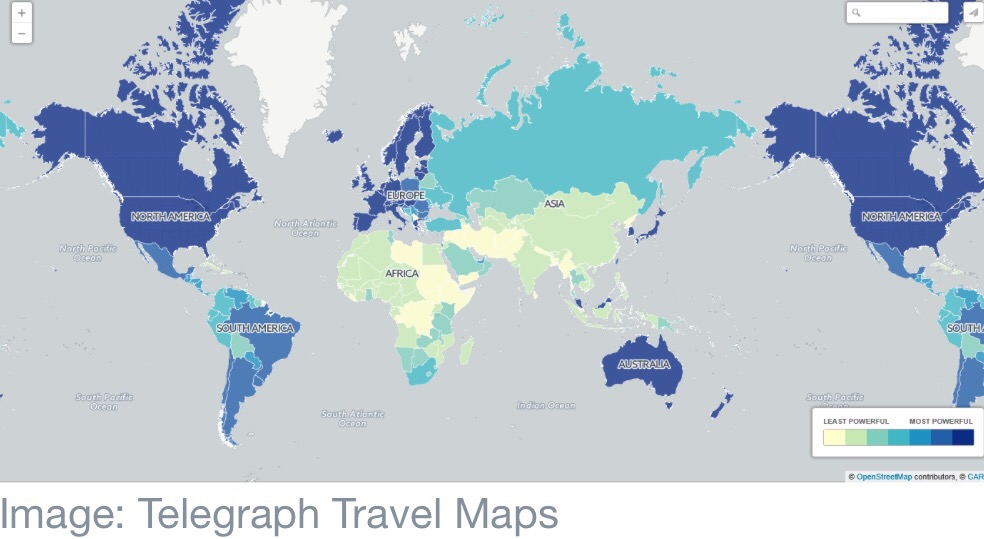While technology may be changing the world around us, sport will always stay the same, won’t it? The answer to that question is a resounding no, according to a new report which predicts sweeping changes to the way sport is played and consumed around the world.

From ‘neurocoaching’ – training player’s brains to deliver ever-better physical performance – to the convergence of traditional sport and virtual competitions, the Future of Sports report looks at how almost every aspect of sport could transform. Here are six areas predicted to undergo a revolution.

By 2020, 7 billion people will be connected to the internet, representing several billion new sports fans joining the global marketplace for the first time.
Meanwhile, 5th-generation wireless coverage will give the world untethered connectivity at speeds necessary for streaming immersive virtual reality at 60 frames per second. This will drastically raise the potential audiences and revenue for every sport.

Coaches will have access to an ever-increasing stream of data to help them shape game strategies and real-time decision making.
Game scenarios will be simulated by active, independent decision-making AI models and powerful analytics models will be self-evolving using machine learning.
With sensors proliferating in jerseys, athletic wear and equipment there will unprecedented insights into performance which also provide a never-ending stream of micro-outcomes for sports bettors to wager on.
As low-cost gene sequencing goes mainstream, teams will build genetic performance profiles to personalize each player’s nutrition and fitness protocols.
Meanwhile, in stadiums virus-hunting nanobots, applied via an inert spray at the entry and exit gates, would return fans and players home with fewer germs than when they arrived.
3D printing and manufacturing will drastically reshape the sports supply chain. Better products will be designed more quickly and delivered in near real time.
In-stadium 3D printing will allow teams to personalize memorabilia for fans, while commercial printing make highly personalized player equipment design and manufacturing possible.
A new ranking has revealed which nations have the most powerful passports. Passport Index ranks our travel documents by measuring the number of countries that can be visited without applying for a visa.
The 2016 ranking puts Germany and Sweden at the top of the passport league. Holders of German and Swedish passports can visit 158 countries without the need to apply for a visa.

Last year, the United States and the United Kingdom shared the top spot. The US has now slipped to fourth place.
British passports have slipped to second place, where they enjoy the same status as France, Spain, Switzerland and Finland.
The map below shows the global distribution of the most and least powerful passports.

The least powerful passports are issued by poor countries, often mired in conflict. The people of Afghanistan can only visit 24 countries without applying for a visa. Pakistan fares little better, with just 31 countries offering visa-free travel. The passport of the world’s newest nation, strife-torn South Sudan, only allows visa-free access to 36 countries.
South Africa has the highest-ranking passport in continental Africa. It is placed 46th in the world and grants holders access to 91 countries without the need for a visa.
The African Union has recently launched a trial of a single African passport that allows holders visa-free access to all 54 AU member states.
Initially the passport is only available to African Union heads of state, ministers of Foreign Affairs and the permanent representatives of AU member states based at the headquarters in Addis Ababa, Ethiopia.
The 2016 ranking puts Germany and Sweden at the top of the passport league. Holders of German and Swedish passports can visit 158 countries without the need to apply for a visa.
The AU has plans to abolish visa requirements “for all African citizens and African countries by 2018”, according to the AU’s Agenda 2063. The AU has suggested 2020 as the roll-out date for a single African passport for all citizens.
AU Commission Chairperson, Nkosazana Dlamini Zuma, described the single passport initiative as “a steady step toward the objective of creating a strong, prosperous and integrated Africa, driven by its own citizens and capable of taking its rightful place on the world stage.”








You must be logged in to post a comment.